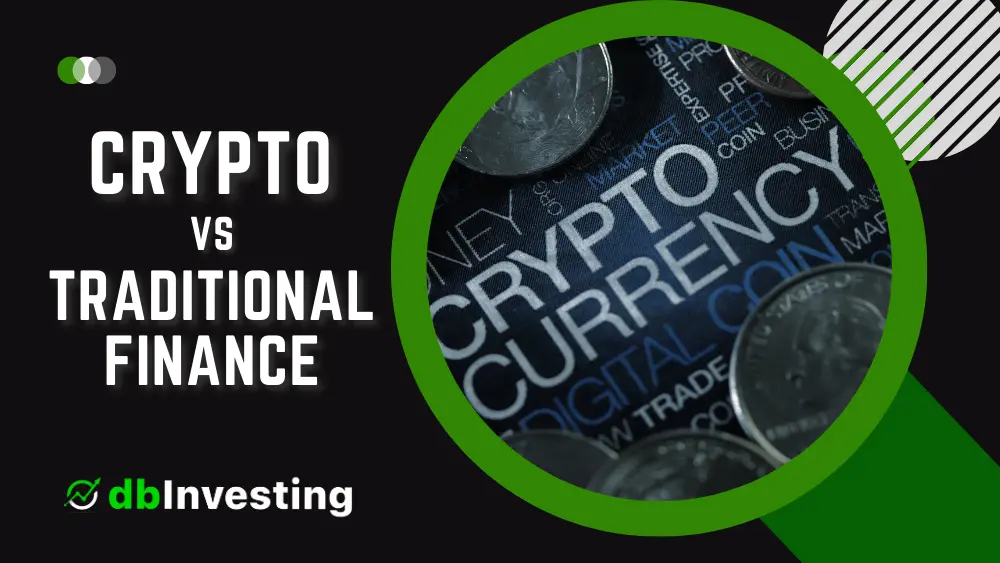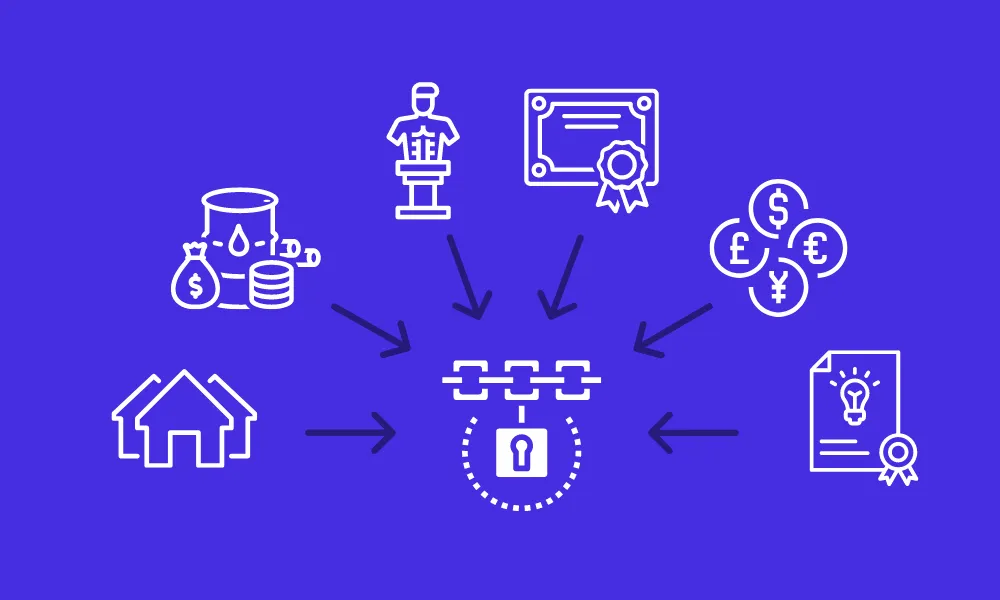The Top 10 Cryptocurrencies to Watch in 2025: A Comprehensive Analysis
Since the past couple of years, Crypto investments are surging. Nowadays, holding a cryptocurrency as an investment has become one of the trends and digital norms.
We have conducted an analysis that considers several aspects such as technological advantages as well as competitive strengths, in order to identify the key cryptocurrencies that will be relevant up to the year 2025.
Market Context and Analysis Framework
Below are some of the significant factors that will shape the cryptocurrency market's trajectory in 2025.
Institutional Integration: Major financial institutions are increasingly incorporating digital assets into their service offerings
Regulatory Development: The emergence of clearer regulatory frameworks in major markets
Technological Evolution: Continued advancement in scalability, security, and interoperability solutions
Market Maturity: Growing sophistication in market infrastructure and risk management tools
Top 10 Cryptocurrencies to Watch
1. Bitcoin (BTC)
Bitcoin maintains its position as the market's fundamental store of value. Key considerations include:
Network security and decentralization metrics
Institutional adoption rates
Lightning Network development progress
Supply dynamics post-2024 halving
2. Ethereum (ETH)
Ethereum's evolution continues to influence the entire crypto ecosystem:
Layer-2 scaling solution adoption
Staking economics and validator participation
DeFi and NFT ecosystem growth
Environmental impact improvements
3. Solana (SOL)
Notable for its high performance and growing ecosystem:
Transaction processing capabilities
Developer activity metrics
DeFi and NFT market share
Network stability improvements
4. Binance Coin (BNB)
Key factors to monitor:
Exchange market share
BNB Chain ecosystem growth
Regulatory compliance measures
Token burn mechanics
5. Cardano (ADA)
Focus areas include:
Smart contract platform adoption
Academic research integration
Governance system evolution
Hydra scaling solution implementation
6. Ripple (XRP)
Important considerations:
Regulatory clarity progress
International payment corridor expansion
CBDC infrastructure development
Institutional partnerships
7. Polkadot (DOT)
Watch for:
Cross-chain communication protocols
Parachain ecosystem development
Governance participation rates
Technical infrastructure upgrades
8. Chainlink (LINK)
Key aspects:
Oracle network expansion
Cross-chain interoperability
Enterprise adoption metrics
Staking mechanism implementation
9. Avalanche (AVAX)
Notable for:
Subnet deployment and adoption
Institutional partnership development
Cross-chain bridge security
DeFi ecosystem growth
10. Polygon (MATIC)
Focus on:
ZK-rollup implementation
Enterprise solution adoption
Layer-2 scaling metrics
Network participation growth
Risk Considerations
Market Risks
Historical volatility patterns
Liquidity conditions
Market manipulation concerns
Correlation with traditional assets
Technical Risks
Smart contract vulnerabilities
Network security considerations
Scalability challenges
Infrastructure dependencies
Regulatory Risks
Jurisdictional differences
Compliance requirements
Policy changes
International coordination
Frequently Asked Questions
Q: What factors should I consider before investing in cryptocurrencies?
Some high-level factors you should take into consideration are how tech-savvy or knowledgeable about blockchain you are, your risk tolerance (this is an investment!), as well as what the potential implications to regulation and market conditions might be. Do your research and potentially consult with a financial advisor.
Q: How much should I allocate to cryptocurrency investments?
Recommended allocation is subject to individual circumstances, however most financial advisors recommend for the majority of retail investors that cryptocurrency exposure should be less than 1%-5%of one's investment portfolio.
Q: What are the safest ways to store cryptocurrencies?
Security best practices include using hardware wallets for long-term storage, enabling two-factor authentication, maintaining secure backups of private keys, and using reputable exchanges for trading.
Conclusion
In 2025, the cryptocurrency markets are expected to be characterized by increased participation of institutional investors, a regulation-friendly environment, and further technology improvements. Even though there will be such opportunities, a prudent approach should be adopted by the investors because of the inherent risks and focus on the fundamental value drivers rather than on the speculative values.









